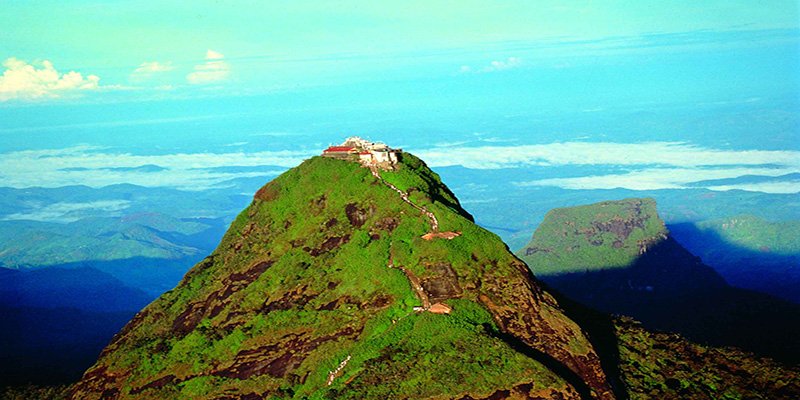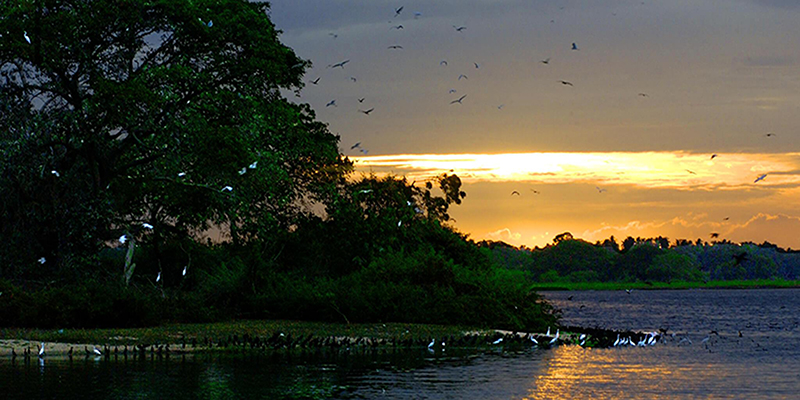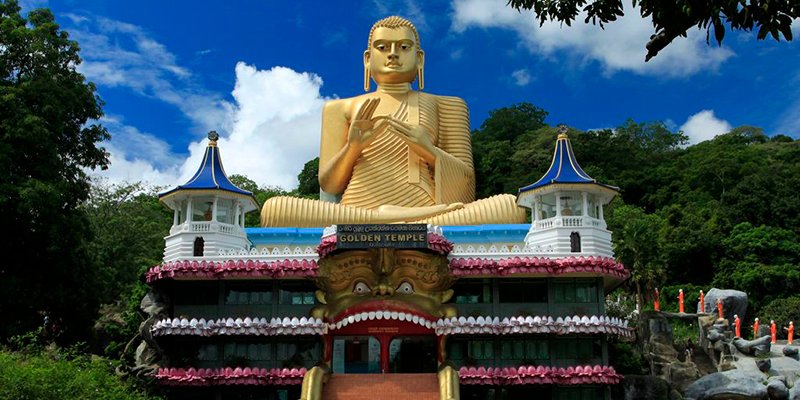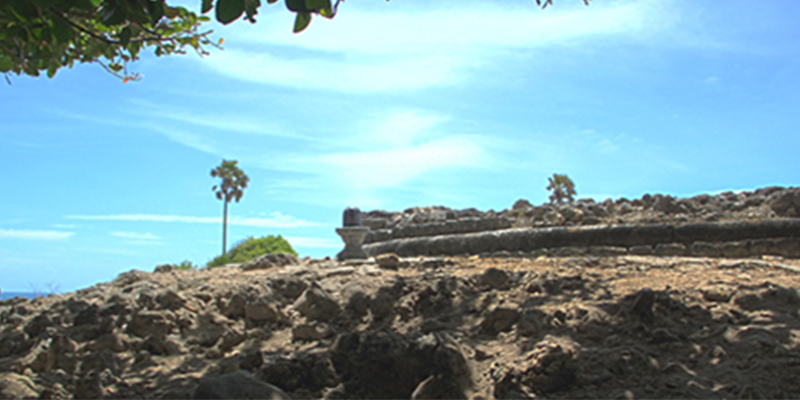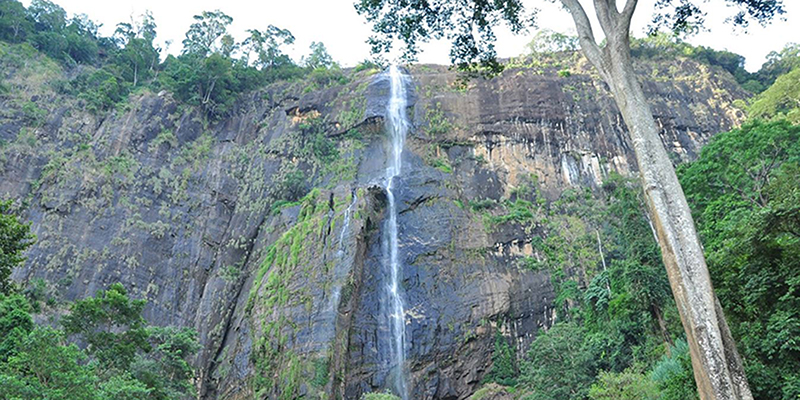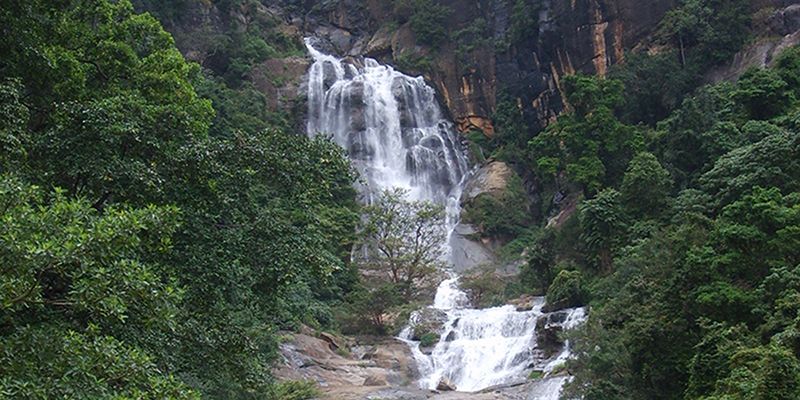T Bundala harbors 197 species of birds, the highlight being the greater flamingo, which migrate in
large flocks. Bundala was designated a wildlife sanctuary in 1969 and redefined to a national park
on 4 January 1993. In 1991 Bundala became the first wetland to be declared as a Ramsar site in Sri
Lanka. In 2005 the national park was designated as a biosphere reserve by UNESCO, the fourth
biosphere reserve in Sri Lanka. The national park is situated 245 kilometers (152 mi) southeast of
Colombo.
Best time to visit is September to March: during this period, migratory birds arrive at the park.
The ecological areas of the national park contain seven terrestrial habitat types and six wetland
types. A total of 383 plant species belonging to 90 families have been recorded from the park. In
the small degraded patch of mangrove found at the Bundala lagoon area, black mangrove trees are
widespread. The strip of Palu (Manilkara hexandra) tree forest on the sand-dunes east of Bundala
village is a unique type of forest in Sri Lanka. The Bundala National Park has been identified as an
outstanding Important Bird Area in the South Indian and Sri Lankan wetlands. 324 species of
vertebrates have been recorded in the national park, which include 32 species of fish, 15 species of
amphibians, 48 species of reptiles, 197 species of birds and 32 species of mammals. 52 species of
butterflies are among the invertebrates. The wetland habitats in Bundala harbors about 100 species
of water birds, half of them being migrant birds. Of 197 avifaunal species 58 are migratory species.
A few Asian elephants still inhabit the forests of Bundala. Other mammals seen in the park are toque
macaque, common langur, jackal, leopard, fishing cat, rusty-spotted cat, mongoose, wild boar, mouse
deer, Indian muntjac, spotted deer, sambar, black-napped hare, Indian pangolin, and porcupine.
